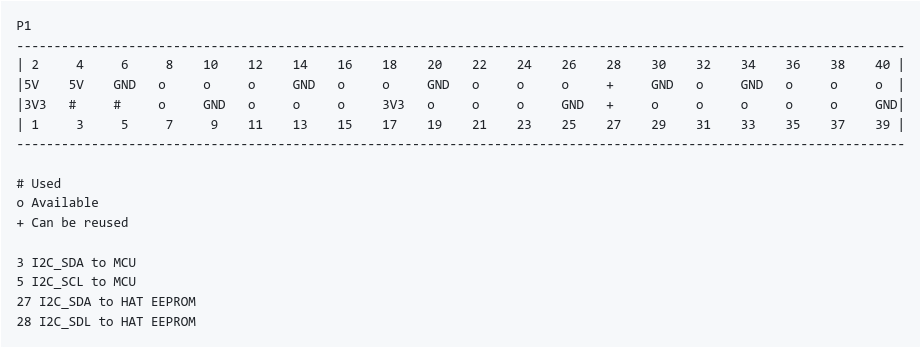the PiJuice, short of a basic power brick, is the quickest and easiest way way to add power to a Pi Project. It's plug and play, snap it on the top and you have power. Add some software and you have fancy battery monitoring and control. It has nifty features like programmable LEDs and buttons. It has two notable downsides: 2.5 amp limit, which shouldn't be a problem for my project, and hat format means it adds a decent amount of vertical clearance to the Pi. it's a thicc board.

A large pair of pliers and a quick twist later:


and then we just snip those bits off -

and I flew too close to the sun and cracked my flush cutters
If that is god telling me I should have gotten a power board that fit instead of forcing in what I had, god should have made staying under budget easier on this project. New flush cutter coming tomorrow, but I'll be able to fit all three boards, LCD driver (blue) power (red) and pi (green)

since I want to use the power feature, I have to make sure the I²C pins connect, so when I do trim the top parts off, going to want to keep the 5v, gnd and 3 and 5 pins intact to plug in.

 Patrick Tait
Patrick Tait
Discussions
Become a Hackaday.io Member
Create an account to leave a comment. Already have an account? Log In.